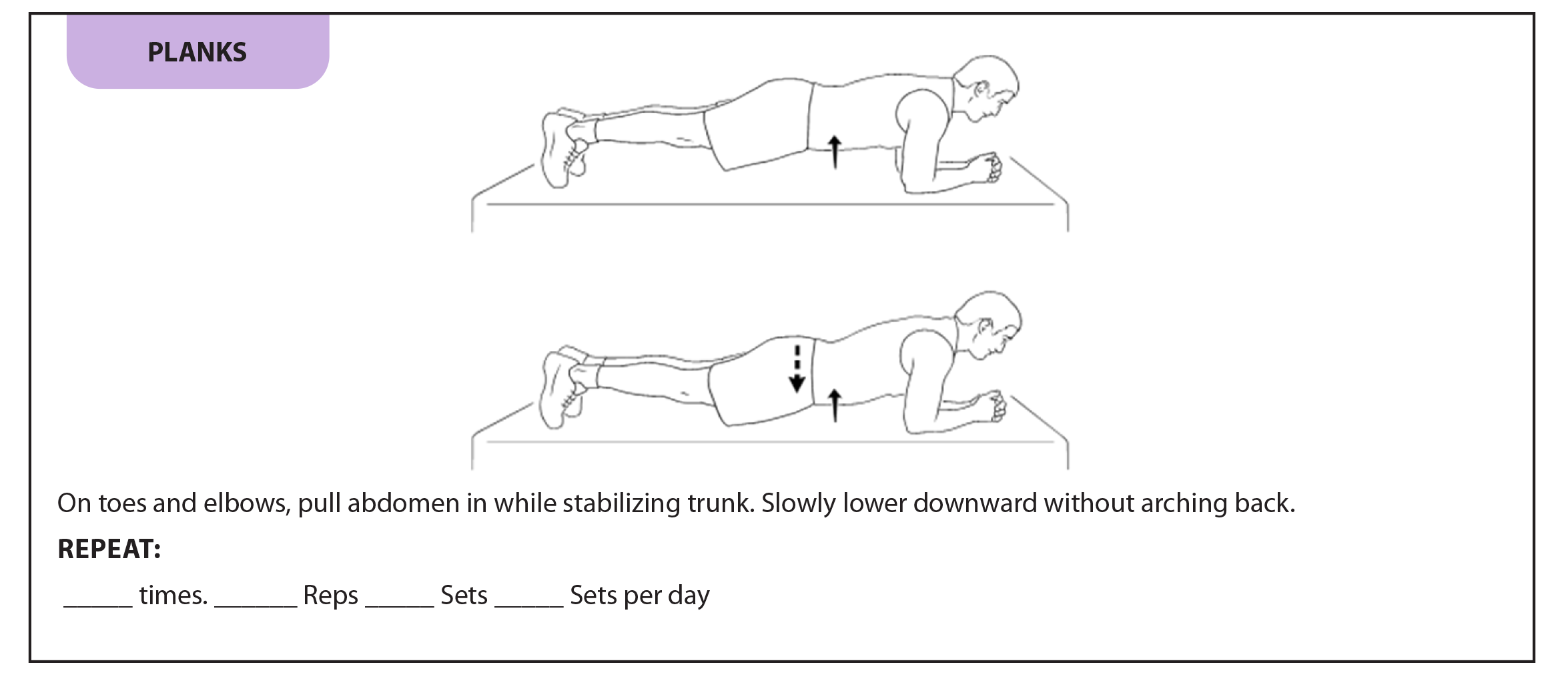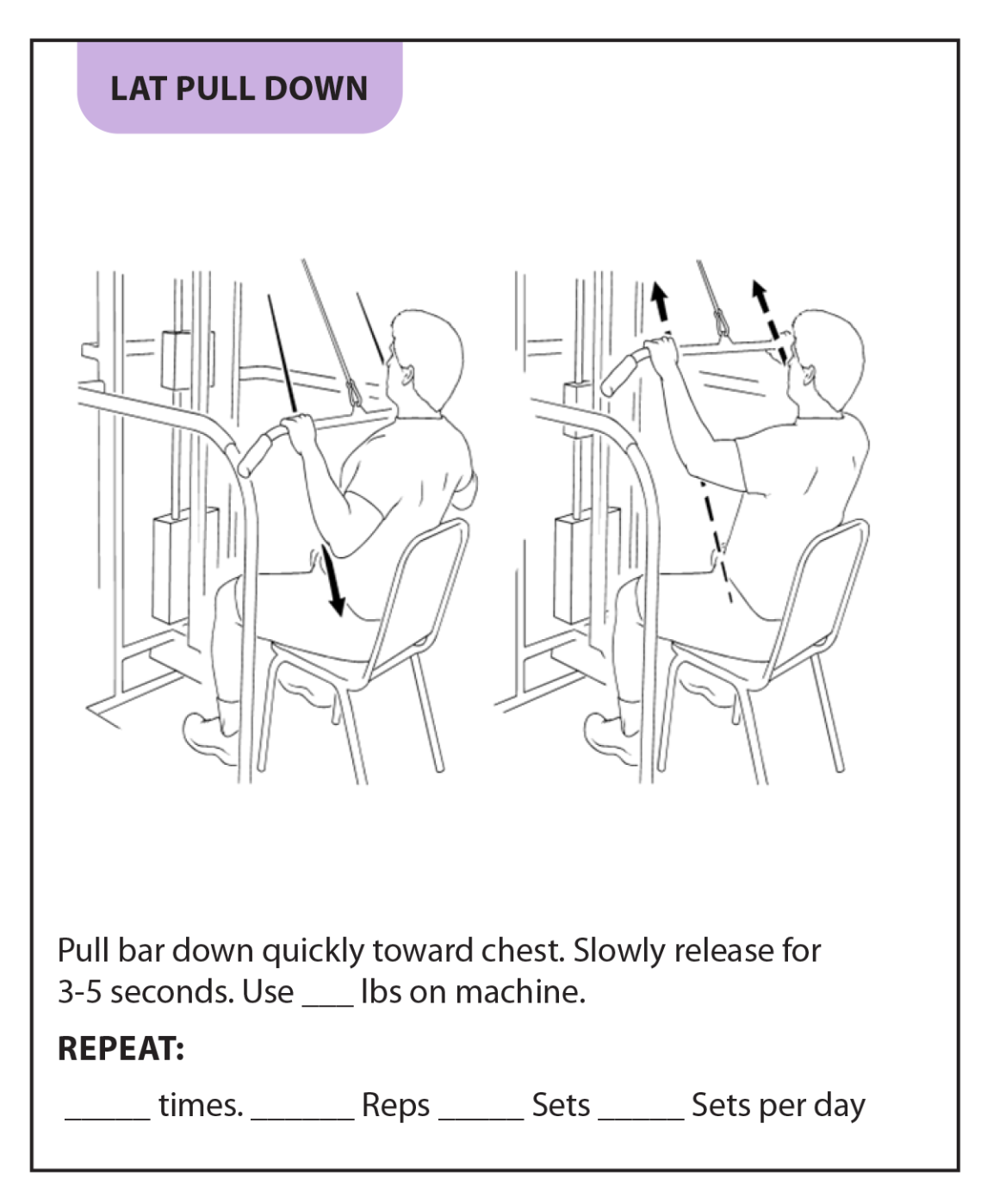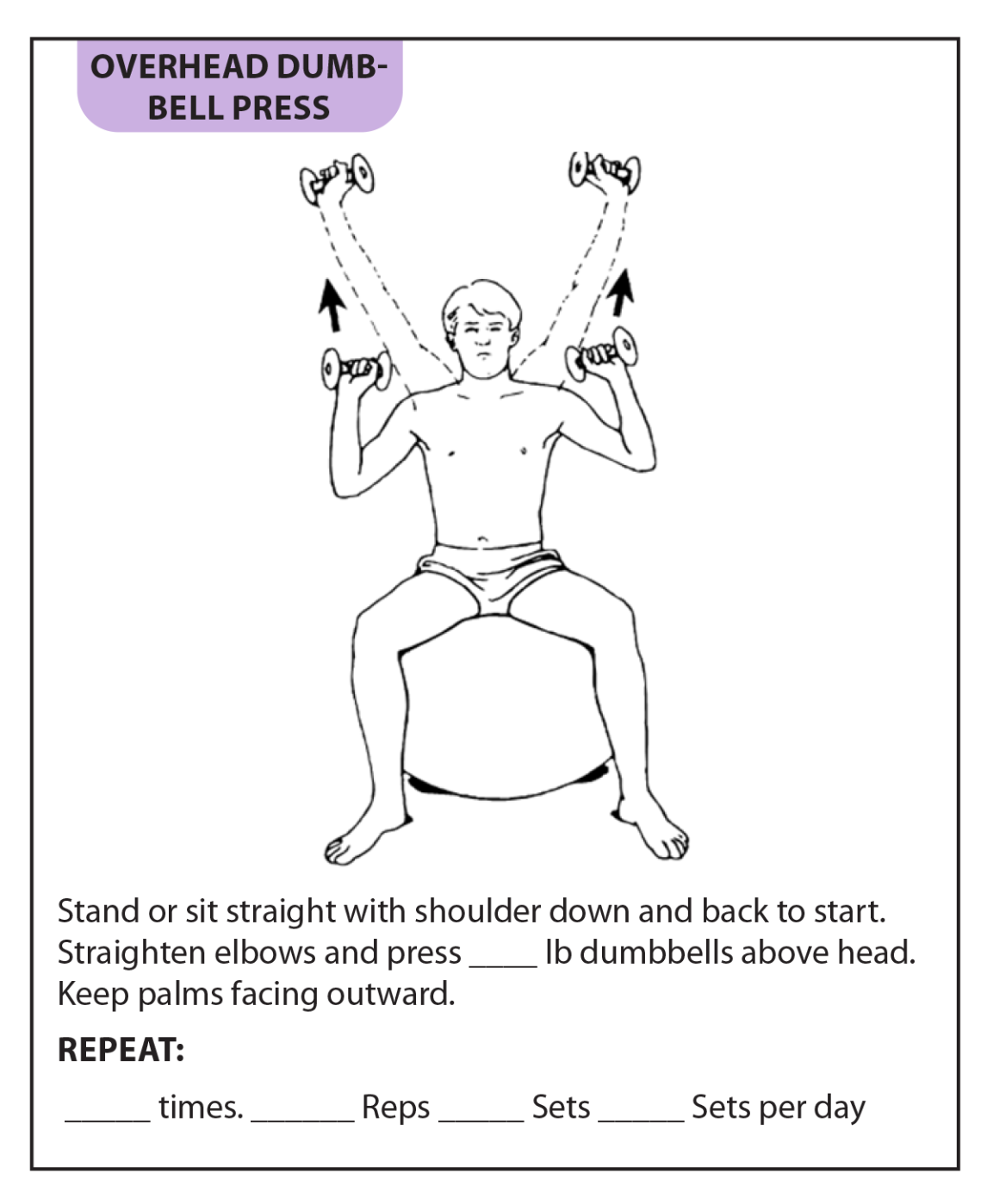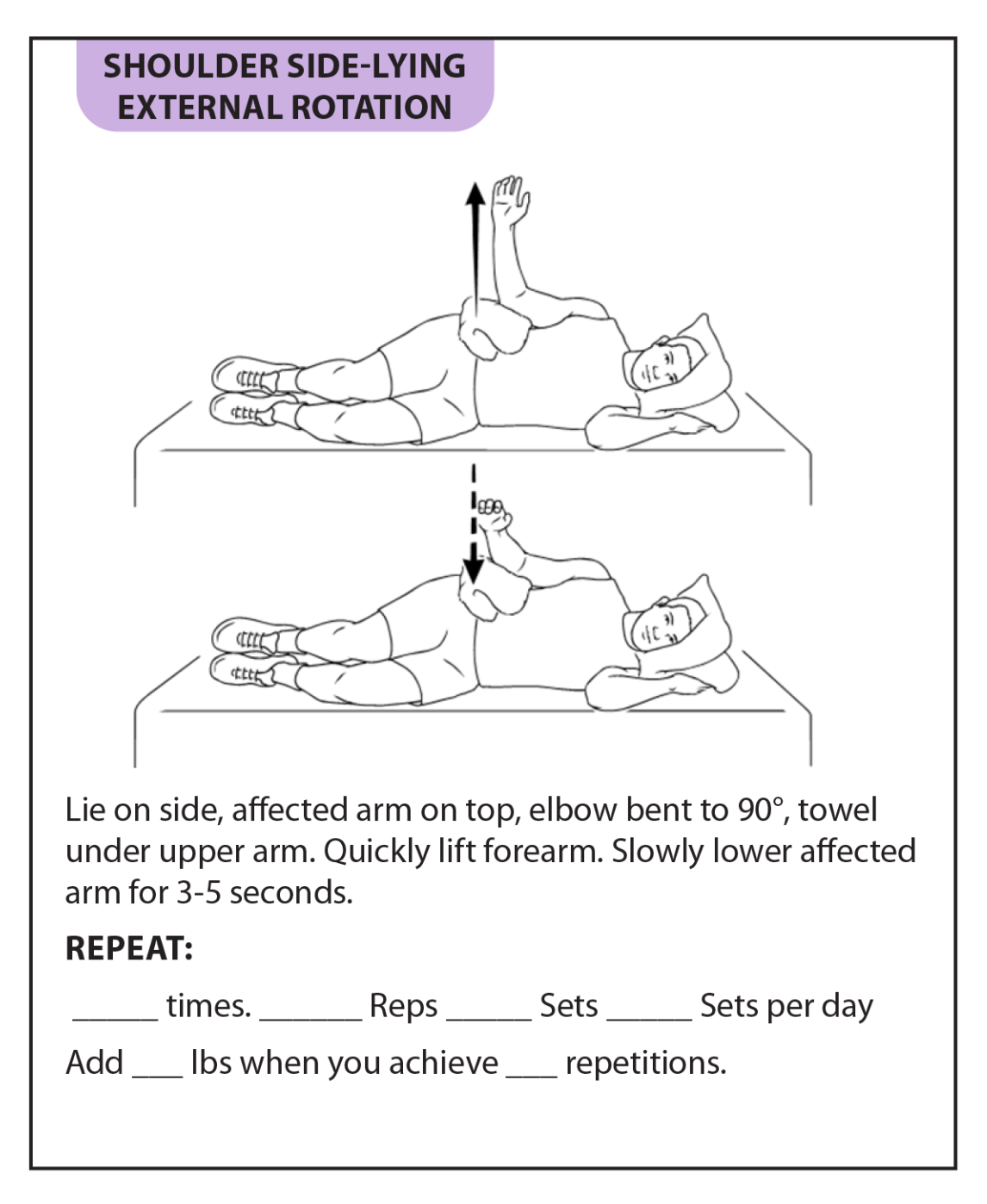Muscles need to be strengthened in 2 fashions. They must develop concentric strength, or the ability to develop force while shortening (the biceps muscle when the elbow is flexing), and eccentric strength, the ability to develop force while lengthening (the quadriceps muscle when the knee is flexing in standing). Both are necessary in tennis. Concentric exercises develop the ability to swing the racquet hard as you hit the ball or run fast on the court, and eccentric exercises develop the ability to slow down the arm after you hit the ball or stop and change directions and control the movement to decrease the risk of injury.
One of the main goals of a strengthening program is to identify what muscles need to be strengthened, and for what purposes. In general, attention should be placed on building the optimum strength in the legs and core, as these areas are the main generators of power and force in all tennis strokes. Over 50% of all the force produced at the racquet head to hit the ball is developed from the legs and core. The goals of strength for the upper body are not directed towards maximum strength but attaining functional strength to control the movements. There are many examples of exercises that can develop the type of strength needed. They may be performed with machines, tubing or other resistance bands, bar- dumb- or kettle- bells, or body weight. They may be performed by emphasizing a specific group of muscles (quadriceps, rotator cuff) or a more general pattern (lunges for leg and hip, overhead abduction for shoulder and arm).
The emphasis in leg and core exercises is on placing a high amount of resistance on the muscles, to develop the most strength. A good guideline is to determine the “1 repetition max”- the maximum load that you can lift, and then using 40- 50% of that amount as your load for the exercise. Concentric exercises such as quadricep extensions, hamstring flexions, calf raises, abdominal crunches, and back extensions are examples. Eccentric exercises such as calf extensions, lunges, hamstring extensions, quadricep flexions, and planks are examples. Upper body strengthening exercises usually are performed with lighter weights or resistance, about 30-40% of the 1 repetition max. More emphasis is placed on control of arm movements and coordinating muscle activity in the front and back of the shoulder, elbow, and wrist. Frequently, concentric/eccentric exercises such as shoulder internal/external rotation, elbow flexion/extension and wrist pronation/supination, can be done at the same time to develop the coordinated strength necessary. Specific exercises that are used at The Shoulder Center of Kentucky will be demonstrated in later issues of this newsletter.
Strengthening exercises should be performed after a period of stretching/warm up, to optimize the muscle’s ability to contract and extend without placing too much strain on the tissues. The best strength gains occur if the exercises are performed 3- 4 times a week. The exercises are usually done in 1- 3 sets of 6-8 repetitions, with a short period of 15- 30 seconds between each set (use this guidance for the exercises listed below). As strength is developed, progressions can be added, either in more sets, more repetitions or more resistance, calculating the new 1 repetition max.
Strengthening exercises work by placing the muscle in a state of relative overload, so it has to develop more muscle fibrils and shortening/lengthening ability to withstand the imposed load. While this adaptation is occurring, recovery is a mandatory component of a strengthening program. Because of required and necessary recovery after the work load, it is not helpful to perform strengthening exercises every day. There can be a time of muscle soreness after exercise. Slight soreness can be worked through, but high levels of soreness indicate a need to allow more recovery. Strengthening and conditioning should be combined with the other “S’s”- stretching, speed and stamina- in a balanced program.









